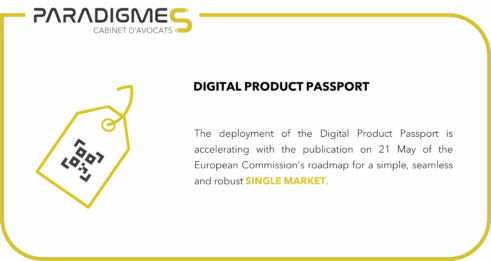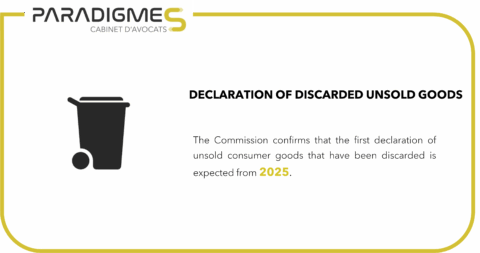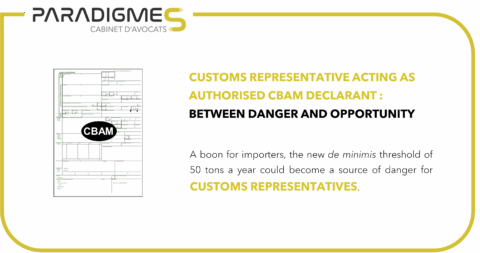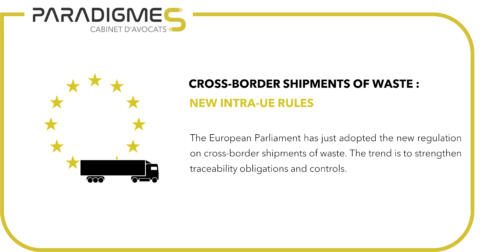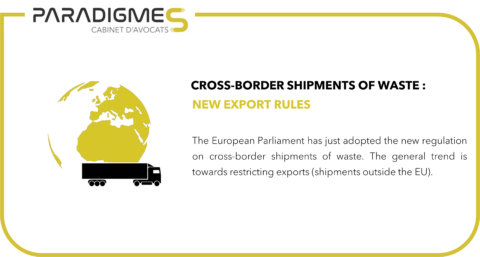Launched in 2022, the Digital Product Passport (DPP) deployment project is accelerating with the publication on 21 May of the European Commission’s roadmap for a simple, seamless and robust single market.
A response to regulatory and environmental challenges
Introduced into European regulations to provide a solution to the issue of the proliferation of regulations requiring the display of information on the composition, traceability and end-of-life management of products, the Digital Product Passport consists of compiling and making available – using user-friendly technology (QR codes) – all relevant information:
- to end users, enabling themin making informed consumption choices;
- to other actors in the value chain who interact with the product, such as manufacturers, agents, importers, distributors, retailers, order fulfilment service providers, repairers, reconditioners, recyclers, etc.;
- or to administrations responsible for market surveillance and control, such as customs authorities.
The Digital Product Passport has already been incorporated into the following regulations:
- Regulation (EU) 2023/1542 on batteries and battery waste (application of the provisions relating to the Passport from 18 February 2027);
- Regulation (EU) 2024/1781 establishing a framework for the setting of eco-design requirements for sustainable products (provisions relating to the Passport pending a delegated act to be adopted after 19 July 2025);
- Regulation (EU) 2024/3110 laying down rules on the marketing of construction products (text applicable from 8 January 2026 and provisions relating to the Passport pending clarification by delegated act);
- Regulation (EU) 2024/1834 laying down ecodesign requirements for fans (text applicable from 24 July 2026 and a review clause provides for the potential introduction of the Passport);
- Directive (EU) 2024/1799 on promoting the repair of goods (text to be transposed by 31 July 2026 at the latest, but the Passport remains an optional means of transmitting information);
- Regulation (EU) 2025/40 on packaging and packaging waste (applicable from 12 August 2026 and referring to Regulation (EU) 2024/1781 for the inclusion of packaging information in the Product Passport).
It will soon be extended to other similar types of information and will eventually replace all types of labelling, except for essential information that must remain visible on the packaging (safety instructions, etc.). The next project announced by the Commission concerns the introduction of the Digital Product Passport in the textile industry as part of its Strategy for a Sustainable and Circular Textile Industry.
In addition, the Digital Product Passport aims to harmonise display and labelling standards, which still vary to some extent between Member States, requiring marketers to adapt their products to each national market.
Conclusive experiment
The CIRPASS project, launched in October 2022 and completed in March 2024, was tasked with structuring the Digital Product Passport. It laid the conceptual foundations for the Passport and identified the standards, protocols and data models necessary to make it an interoperable, secure and scalable tool.
Its successor, CIRPASS-2, launched in May 2024 for a period of three years, aims to test the Passport’s operation in a real industrial environment through 13 pilot projects covering four value chains:
- Textiles
- Electrical and electronic equipment
- Tyres
- Construction materials
The project also aims to facilitate the rollout of the Passport to make it accessible to small and medium-sized enterprises (SMEs).
A widespread and interconnected infrastructure
The European Commission’s ambition is to make the Digital Product Passport the common digital infrastructure for all European industrial sectors by:
- standardising machine-readable data formats,
- ensuring interoperability between sectors and between Member States,
- creating a European product data ecosystem, including the management of non-mandatory data.
The data in the Digital Product Passport can also be cross-referenced with other available sources of information, making it easier to read and also easier to check.
Ultimately, the Digital Product Passport will link European regulations to the global digital economy, ensuring traceability and transparency in international value chains.

